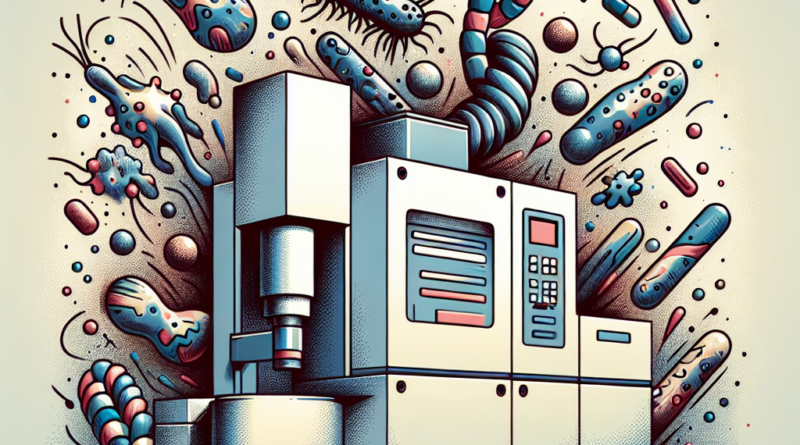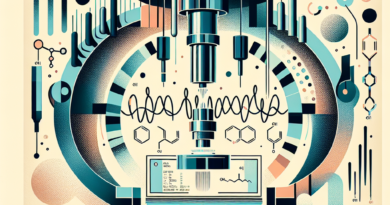Advancing Antibiotic Resistance Detection: High-Resolution Mass Spectrometry Identifies Key Carbapenemases
Introduction to Antibiotic Resistance and Diagnostic Challenges
Antibiotic resistance is a growing concern in healthcare, with certain bacteria evolving to withstand the drugs designed to kill them. Among these, carbapenem-resistant Enterobacterales (CRE) pose a significant threat due to their ability to resist carbapenems, one of the last-resort classes of antibiotics. Detecting these resistant bacteria quickly and accurately is crucial for effective patient treatment and controlling the spread of resistance.
Current Diagnostic Limitations
Traditionally, phenotypic growth inhibition assays have been used to identify antimicrobial resistance, but these methods have significant drawbacks. They are time-consuming and often fail to differentiate between the various carbapenemase enzymes responsible for resistance. Molecular techniques like PCR can confirm the presence of resistance genes but do not indicate whether the resistance proteins are being expressed.
Breakthrough in Resistance Detection: Targeted Mass Spectrometry
In a landmark study, researchers have developed a targeted high-resolution mass spectrometry assay capable of directly detecting the proteins associated with carbapenem resistance. This method focuses on four of the most prevalent carbapenemases: KPC, OXA-48-like, NDM, and VIM.
Methodology and Validation
By analyzing the protein sequences of these carbapenemases, the team identified specific peptides that could serve as reliable markers for their presence. The method’s accuracy was validated using a panel of 83 bacterial isolates, demonstrating 100% specificity with no false positives or sample carry-over.
Advantages Over Traditional Techniques
This innovative technique surpasses traditional diagnostic methods in speed and precision. Unlike PCR, it does not merely detect the genes but confirms the expression of resistance proteins. It also offers a more rapid turnaround than growth inhibition assays, leading to quicker, more appropriate treatment decisions.
Implications for Healthcare and Research
The successful implementation of this assay could revolutionize the detection of antibiotic resistance, allowing for faster and more accurate diagnostics. This advancement holds promise for improving patient outcomes and antibiotic stewardship, as well as providing a valuable tool for epidemiological surveillance and research.
References
Foudraine, D. E., Dekker, L. J. M., Strepis, N., Bexkens, M. L., Klaassen, C. H. W., Luider, T. M., & Goessens, W. H. F. (2019). Accurate Detection of the Four Most Prevalent Carbapenemases in E. coli and K. pneumoniae by High-Resolution Mass Spectrometry. Frontiers in Microbiology, 10. http://dx.doi.org/10.3389/fmicb.2019.02760



